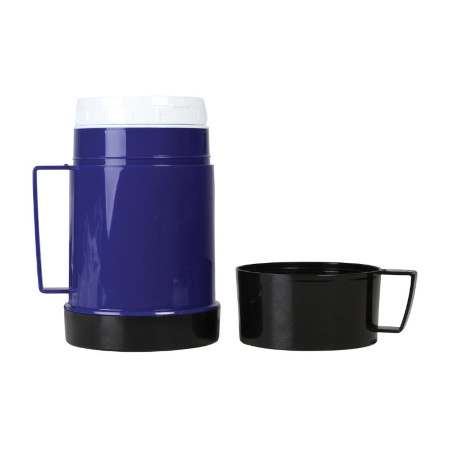It is known that body condition of gilts at insemination will influence on their offspring. Pigs born from Fat gilts (19 ± 0.6 mm P2 backfat depth) had greater feed intakes, were heavier, had greater backfat depths at slaughter and had lower carcass lean meat yield than pigs born from Thin gilts (12 ± 0.6 mm P2 backfat depth). It was hypothesised that postnatal growth is increased in pigs raised by sows with a high backfat depth and high level of energy intake during gestation compared with sows with a low backfat depth and low level of energy intake during gestation. This was tested in a 2 x 3 factorial design experiment with 2 factors for gilt backfat depth (Thin and Fat) and 3 factors for gestation feed allowance (Restricted, Control and High). Between d 25 and d 90 of gestation, Thin gilts (n=68) and Fat gilts (n=72) were randomly allocated, as individuals, to a gestation diet (6.19 g/kg lysine, 13.0 MJ DE/kg) at the following feed allowances: 1.8 kg/day (Restricted); 2.5 kg/day (Control) and 3.5 kg/day (High). From days 90 to 110 of gestation, all gilts were fed 2.5 kg/day of the gestation diet. At day 110 of gestation, gilts were moved to individual farrowing pens and were liquid-fed 2.03 kg/day of a lactation diet (28.8 MJ DE/day). The backfat depth at farrowing was 14.4 ± 0.34 mm for Thin gilts and 19.0 ± 0.34 mm for Fat gilts. At farrowing, litter weights, total born, born alive, stillbirths, mummified pigs and individual birth weights of all piglets were recorded. At weaning (day 28), 155 piglets were slaughtered and 272 were individually housed and followed through to slaughter (day 158). Pigs born from Thin gilts were lighter at birth (P<0.05), day 28 post-weaning (P<0.05) and at day 130 post-weaning (P<0.05). Pigs born from Fat gilts had greater backfat depths (P<0.05), a lower lean meat yield (P<0.05) and were heavier (P<0.05) at slaughter than pigs born from Thin gilts. Gilt gestation feed allowance had only transitory effects on average daily gain and feed conversion efficiency and had no effect on pig weight at slaughter (P>0.05) or lean meat yield (P>0.05).
In conclusion, gilts with a backfat depth of 19 mm at insemination produced pigs that were heavier and fatter at 158 days of age than those born from gilts with 12 mm backfat depth at insemination.

Amdi, C., Giblin, L., Ryan, T., Stickland, N.C. and Lawlor, P. G. (2014). Maternal backfat depth in gestating sows has a greater influence on offspring growth and carcass lean yield than maternal feed allocation during gestation. Animal, 8:2; 236–244. doi:10.1017/S1751731113002073




